Flashing Tricky Window Trim
Certain window installations can cause gaps that make flashing a nightmare.
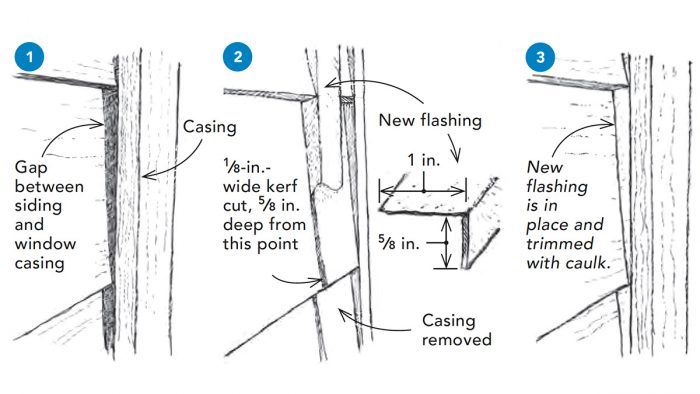
My client had a problem with a window installation. The window casing was installed on top of the shiplap siding, creating spaces about 2-1/2 in. deep, as shown in the drawing. The void was not only vulnerable to driving rain, but it created the perfect space for spiders to gather.
I solved this situation by creating lengths of 5/8-in. by 1-in. flashing. I popped off the casings and cut a kerf as long as the window and only 5/8 in. deep, which saved the tar paper. I put the trimboards back on and caulked it all up. Now the windows are more watertight, and the spiders have to find a new home.
— Martin Alonso; Rohnert Park, Calif.
From Fine Homebuilding #307
RELATED STORIES
- Getting Casing Miters Tight
- How To Air-Seal and Trim an Insert Replacement Window
- Airtight Window Installations
Got a Tip?
Do you have any great tips like this one on how to install watertight windows over shiplap siding? Share your methods, tricks, and jigs with other readers. Tag them @FineHomebuilding on social, email them to us at [email protected], or upload them to FineHomebuilding.com/reader-tips. We’ll pay for any we publish.
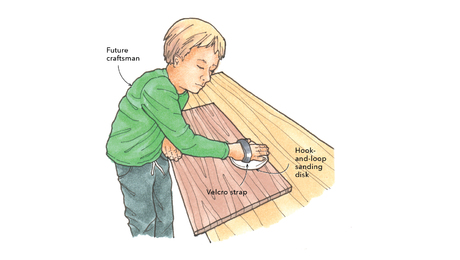
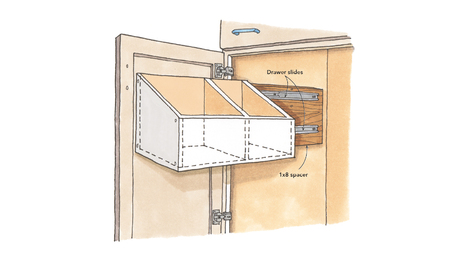
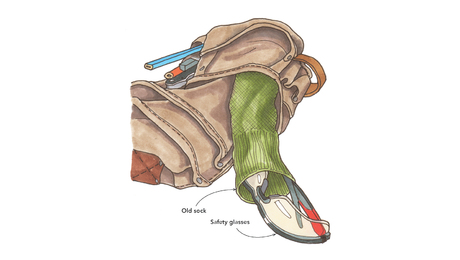
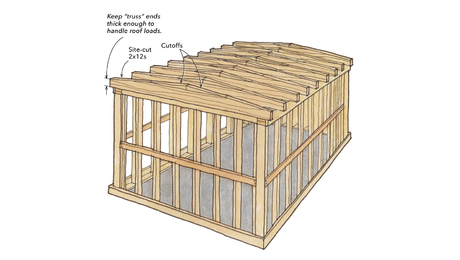

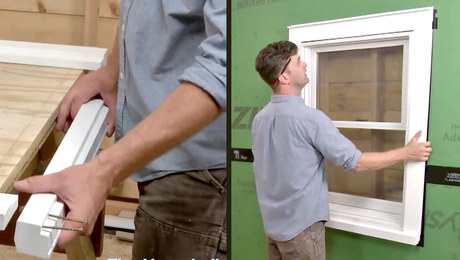
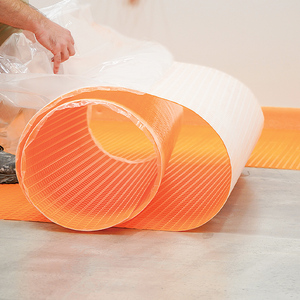
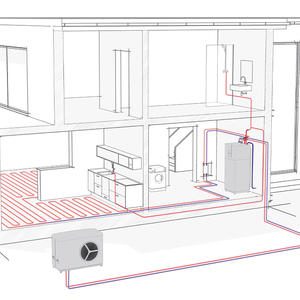






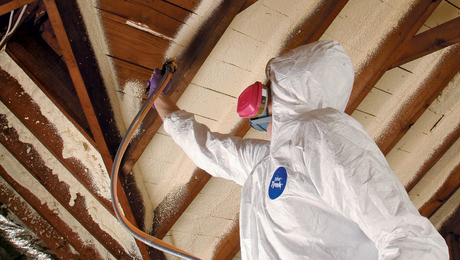


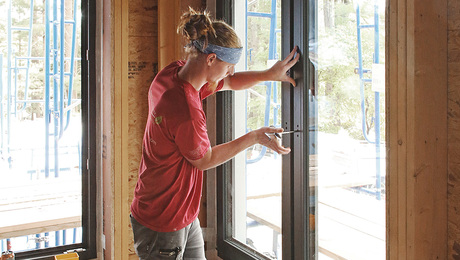

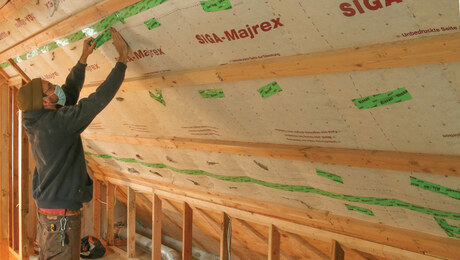










View Comments
Nice solution, nice description & drawings. Tips & Techniques enters the 21st Century.
The original installation wasn't a bug, it was a feature. I almost always lap window trim and corner boards over the siding. It's more weather resistant than a butt joint between siding and trim (and no, caulking isn't waterproof long term). As far as spiders go, I haven't experienced spiders or other insects harboring in the recesses between siding and trim in any greater frequency than they do in the corners where siding butts trim. I built my house with overlapping trim almost 30 years ago as an experiment and find it works great.